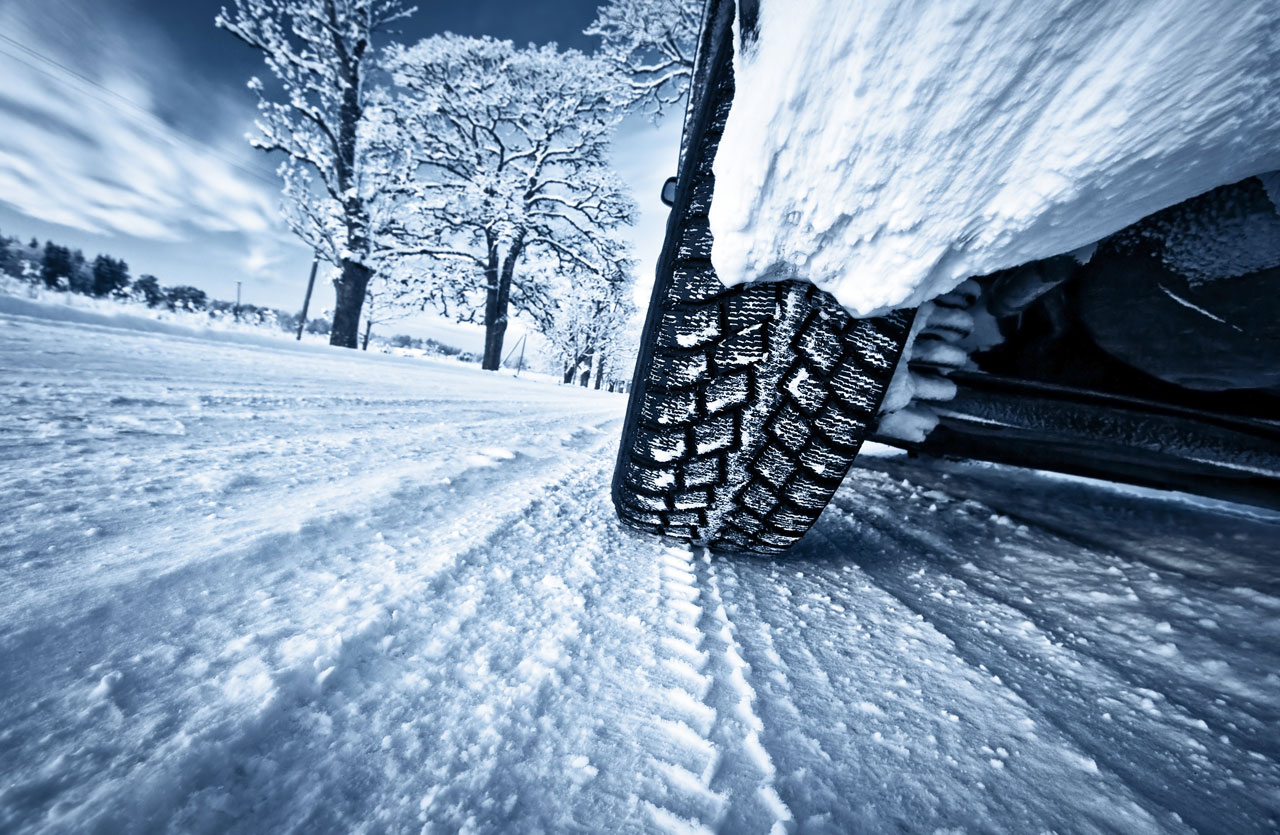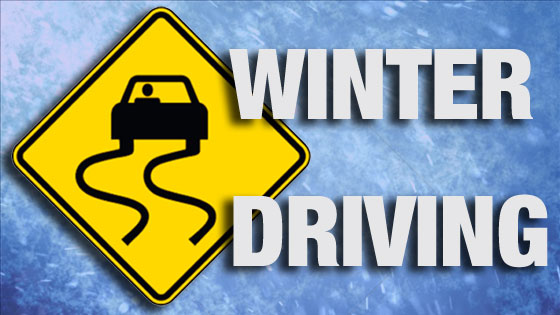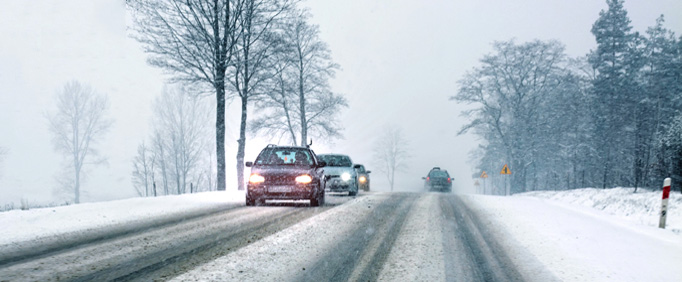
Tips from a police officer about winter driving
Slip Sliding Away – The Woes of Winter Driving
As the manager of The Storage Inn Self Storage here in Egg Harbor Township New Jersey, I get to speak to a lot of different people. Recently I had a conversation with one of our storage space customers, an officer from the Atlantic County Sheriff’s Department (We donate storage space for their annual Toys 4 Kids toy drive). I was curious to hear what he thought about the area residents and driving in the snow. You see, although I have lived in Southern New Jersey for a number of years, I have also lived in the mountains of Pennsylvania, where a 10 inch snowfall barely slows them down. During my time in Southern New Jersey I have noticed a couple of things – we don’t get nearly as much snow as Pennsylvania, and even though there are virtually no hills in extreme Southern New Jersey, many people do not seem to be, shall we say, ”comfortable” driving in the snow.

When I asked officer DiPiano about this, he just smiled and said “ No practice! – It’s kind of like basketball. If you only played five or six times a year, you probably never would get really good at it.” So I asked him what people in this area could do to be prepared for the occasional bout with winter driving. He replied “ If you don’t get much practice driving in the snow, you need to memorize some basic rules”. Here are officer DiPiano’s 5 tips for driving in snowy weather.
1. Stay Home – If you’re not comfortable driving in the snow, and you do not absolutely have to go somewhere, stay home and be safe.
2. Your 4 wheel drive does not make you invincible – While vehicles with four-wheel drive typically do perform better in snowy and icy driving conditions, the technology can backfire by giving drivers a false sense of safety. It does not mean that you can race down the road at top speed in the snow and bring yourself to a quick stop.
3. Be prepared – To ready your car for the winter, check your tires for correct inflation and sufficient tread for driving in the snow. Check your antifreeze levels and battery power and make sure that your defroster and rear window defogger work.
4. Back Off ! – Many people inexperienced with driving in the snow will tailgate the vehicle in front of them. Like driving too fast, this lessens your reaction time.It’s recommended that you double your normal distance between cars – 2-4 car length for every 10 miles per hour of speed. You should also be looking ahead for stoplights, stop signs and curves in the road so you can give yourself adequate time to brake or steer around them.

5. DO NOT slam on the brakes – When you feel your tires start to slip, it’s easy to panic and slam on the brakes. Don’t do it — this removes traction from your tires, taking away your ability to control your vehicle. What you should do when you feel yourself begin to skid is ease off the accelerator and let the car slow down on its own. A moving tire means that there is still some traction, which is what you need to steer yourself out of a collision. If braking is required and your vehicle comes with an anti-lock brake system, brake with steady, even pressure. If your car doesn’t have ABS, then you should pump the brakes. When handling snow-covered corners, you should begin a steady braking as you approach the turn. Once in the corner, ease off the brakes and use the car’s remaining traction to steer through the turn.
There you have it – Officer DiPiano’s 5 tips for occasional snow drivers. Hopefully these tips will help you to navigate the rest of the winter. I personally cannot wait until the next snow – I promised my granddaughter that I would take her sledding. Now. if I could only find a hill…

